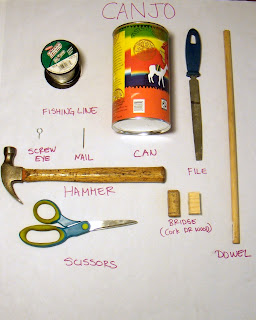PVC Steam Whistle

materials: •1/2''-1'' pvc pipe •1/2''-1'' wood dowel tools: • fine toothed wood saw and a miter box or a scroll saw • a chisel and hammer The first step is to make a flat on the lower dowel plug. You can do this either by cutting into the end of a long dowel with a saw (at about 1/3 the diameter) then cutting off the two slices about 1'' long, or cutting off a section of dowel about 1'' long and slitting it with a chisel and hammer to create the flat. The next step is to cut out the mouth of the whistle, cutting a little less than half way into the diameter and then in at a 30 to 45 degree angle to remove the slice. Insert the dowel with the slice taken out of it into the lower side of the whistle so the flat faces the mouth of the whistle. The top of the dowel should be level with the bottom lip of the mouth for the best sound. Note that pvc and dowels are not all that consistent in diameter so you might have to add so...

